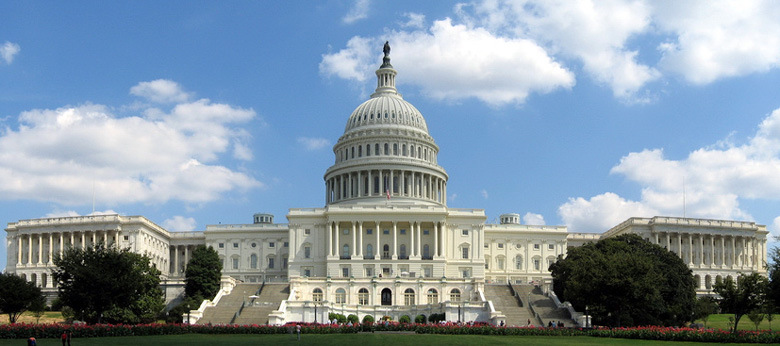I have an op-ed in the Denver Post on recent issues involving conflicts of interest and sport. In particular, I high light the controversy that USADA found itself in over the past few weeks. here is an excerpt:
This was not the first such controversy the USADA has faced in its moonlighting for money in boxing. Boxing, of course, has a shady history. Why should anyone care if it skirts the rules? After all, the Mayweather-Paquiao fight earned a reported $500 million.On the USADA budget, last year the organization received about $9 million from the US government and Congress last December authorized more than $80 million in support over the next 6 years (the actual funding will depend upon appropriations, and will likely be less than authorized. So $89 million over 7 years I turned into a round number of $10 million per year to be conservative). Travis Tygart's salary (2013) comes from the organization's IS 990 form (here in PDF). The $2 million in USADA income in contracted services (2013) comes from the organization's annual report, and since I wrote this I have learned that in 2014 USADA received $2.6 million for such services.
We should care for several reasons. One is that the USADA, while ostensibly an independent organization, is recognized in law as the nation's official anti-doping agency. Taxpayers provide the USADA with more than $10 million per year, which pays Tygart nearly $400,000 per year, the same as President Obama. Yet, the USADA has little accountability to Congress or the public.
Should a taxpayer-funded, public interest organization really be contracting directly with professional boxing? The USADA makes almost $2 million per year through such moonlighting.
A second reason is that elite sports — both in the U.S. and internationally — are currently awash in controversies centered on conflicts of interest. The unfolding FIFA scandal is just the tip of the iceberg. The International Association of Athletics Federations, headquartered in Monaco, is facing allegations of systematic doping among track and field athletes from around the world. Its newly elected president, Sebastian Coe of Great Britain, is on the payroll of Nike, which has recently been associated with alleged complicity in prohibited performance-enhancing drug use among several of its sponsored athletes.
The spectacle of actual or perceived conflicts of interest cast a pall on both the USADA and the IAAF, which have public interest mandates to enforce the rules of sport.
I did send USADA some questions (unanswered as yet) about these issues:
1. Could you send me the revenues generated by USADA services provided to sports other than those which are "amateur athletic activities recognized by the United States Olympic Committee" (e.g., MMA, professional boxing, etc.) for the past 10 years, by year? Is it possible to provide this by client or event?
2. When USADA charges for such services, does it charge at cost-to-provide or are the charges otherwise variable? (Does USADA ever make money on these services above and beyond the cost-to-provide?)
3. Under what Congressional or other authority does USADA perform contract services?
4. What is USADA's preferred budgetary balance between services to Olympic sports vs. non-Olympic sports?
5. Who holds the ownership of USADA IP?
I'll report back the USADA response. The issues at play here are not really about a dispute over facts between USADA and the media, but go much deeper. Those are the issues I raise at the op-ed here.

No comments:
Post a Comment